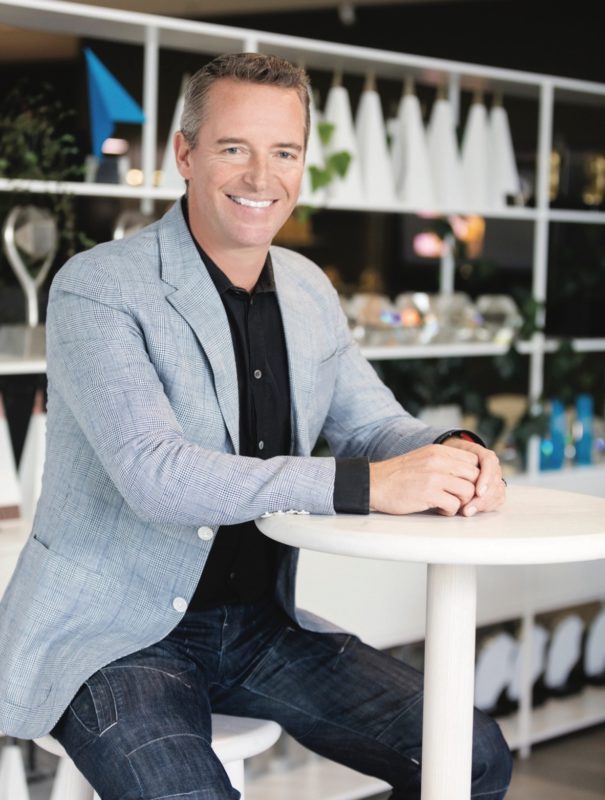Creativity ‘at its best in the face of adversity’: agency execs on navigating the throes of inflation
With the advertising industry facing the “double whammy” of rising inflation, as it slowly emerges from the impacts of the ongoing impacts of the COVID-19 pandemic, Mumbrella’s Kalila Welch caught up with HERO’s Ben Lilley, TBWA\Sydney’s Kat Alvarez-Jarratt, GHO’s Eithne McSwiney, It’s Friday’s Pete Bosilkovski and Milk & Honey United’s Andy DiLallo to find out how brands and agencies can navigate the latest rendition of difficult times.
As Aussie adland returns to some form of a loosely defined pre-pandemic normal, with in-office interaction, in-person events and business travel again becoming routine, a new challenge has emerged in the unfolding global economic crisis, with local inflation reaching its highest level in over a decade.
While the industry is one known for being insular, it is by no means immune to growing economic pressures, and while the impacts of rising costs of living may not have fully hit advertising yet, they are sure to be realised over the course over the year.

Ben Lilley, founder, HERO

